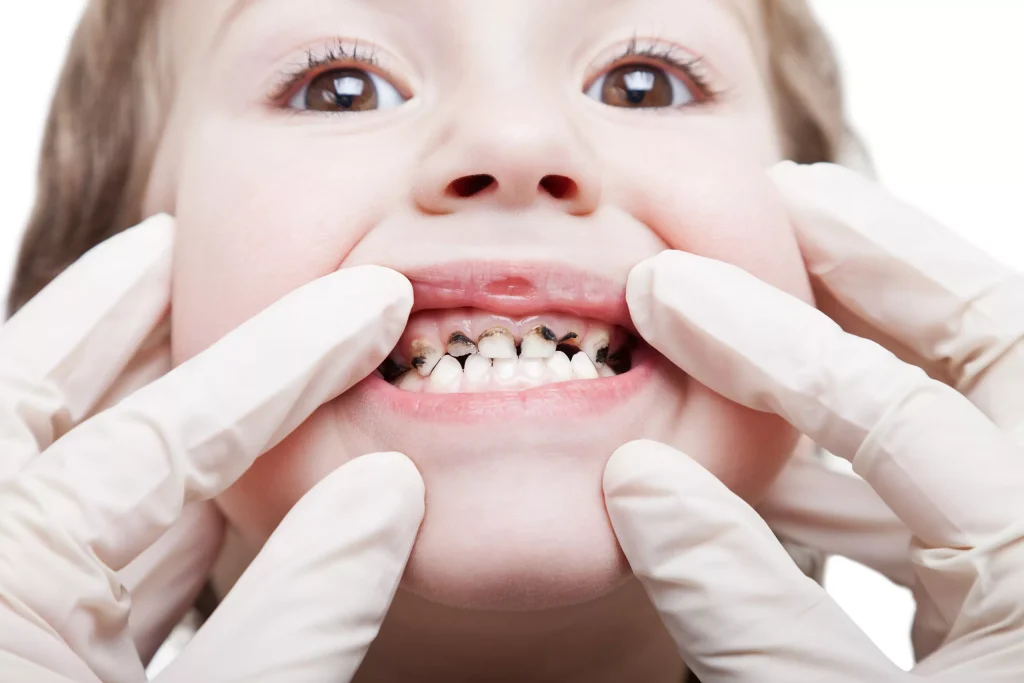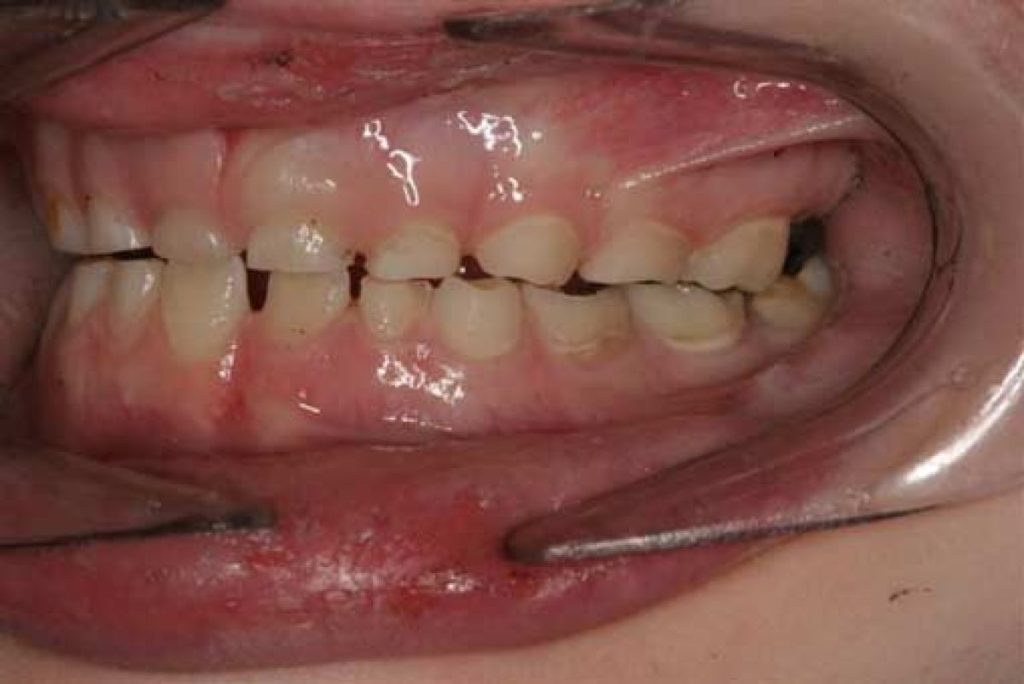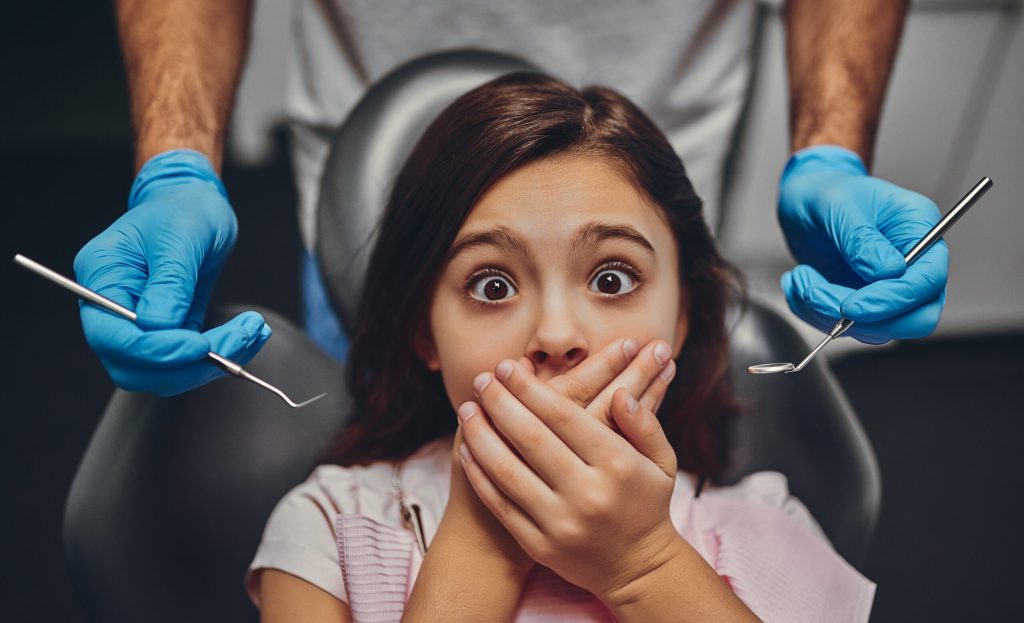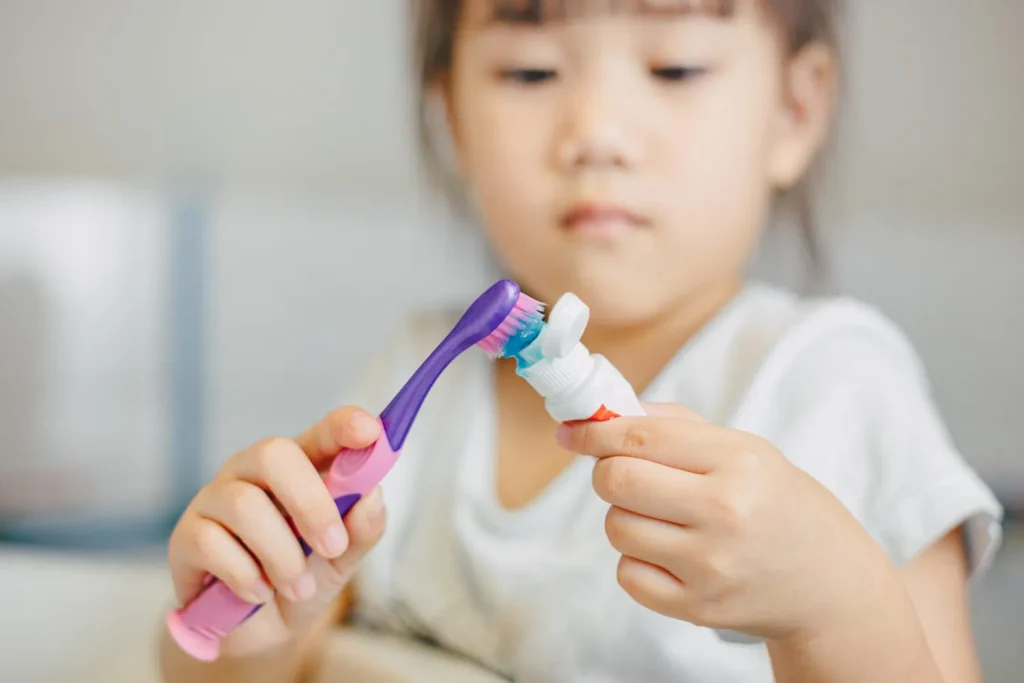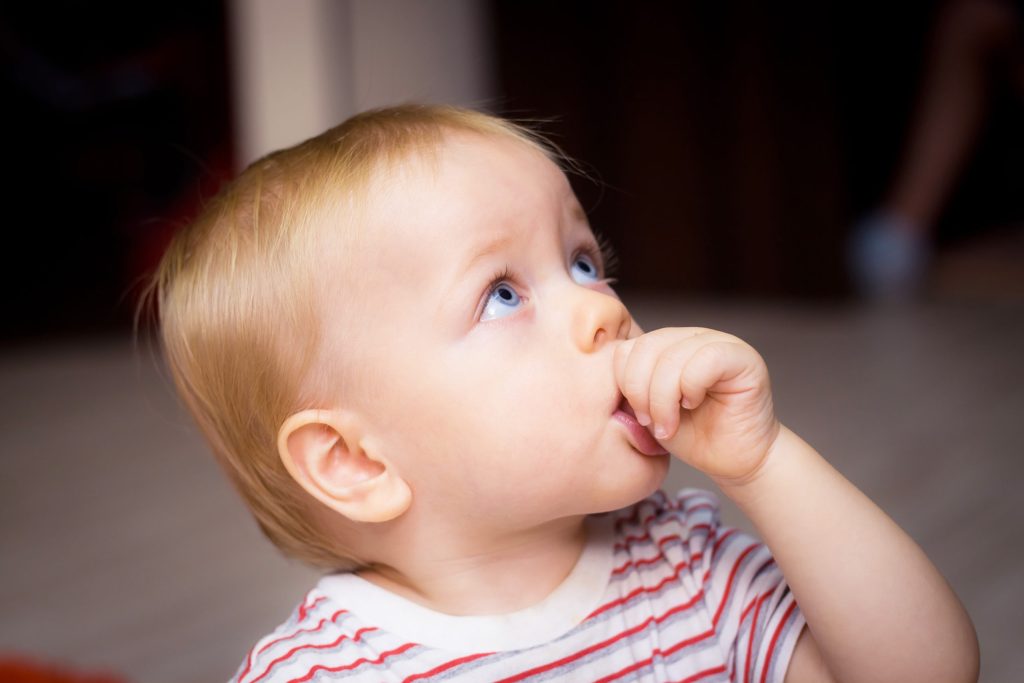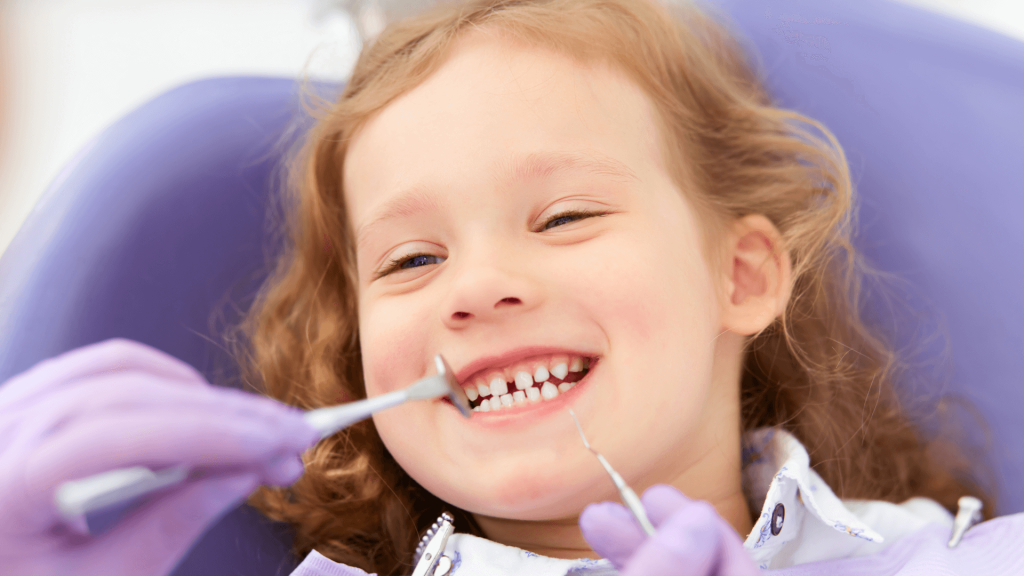Fun Ways to Teach Kids About Oral Hygiene
Introducing children to the nuances of oral hygiene can often feel like navigating a minefield of resistance, yet it’s a crucial early lesson that shapes lifelong health. The traditional methods of lecturing or simply demonstrating brushing techniques might not always resonate with their boundless energy and short attention spans. Instead, what if we reframed this…
Read more



